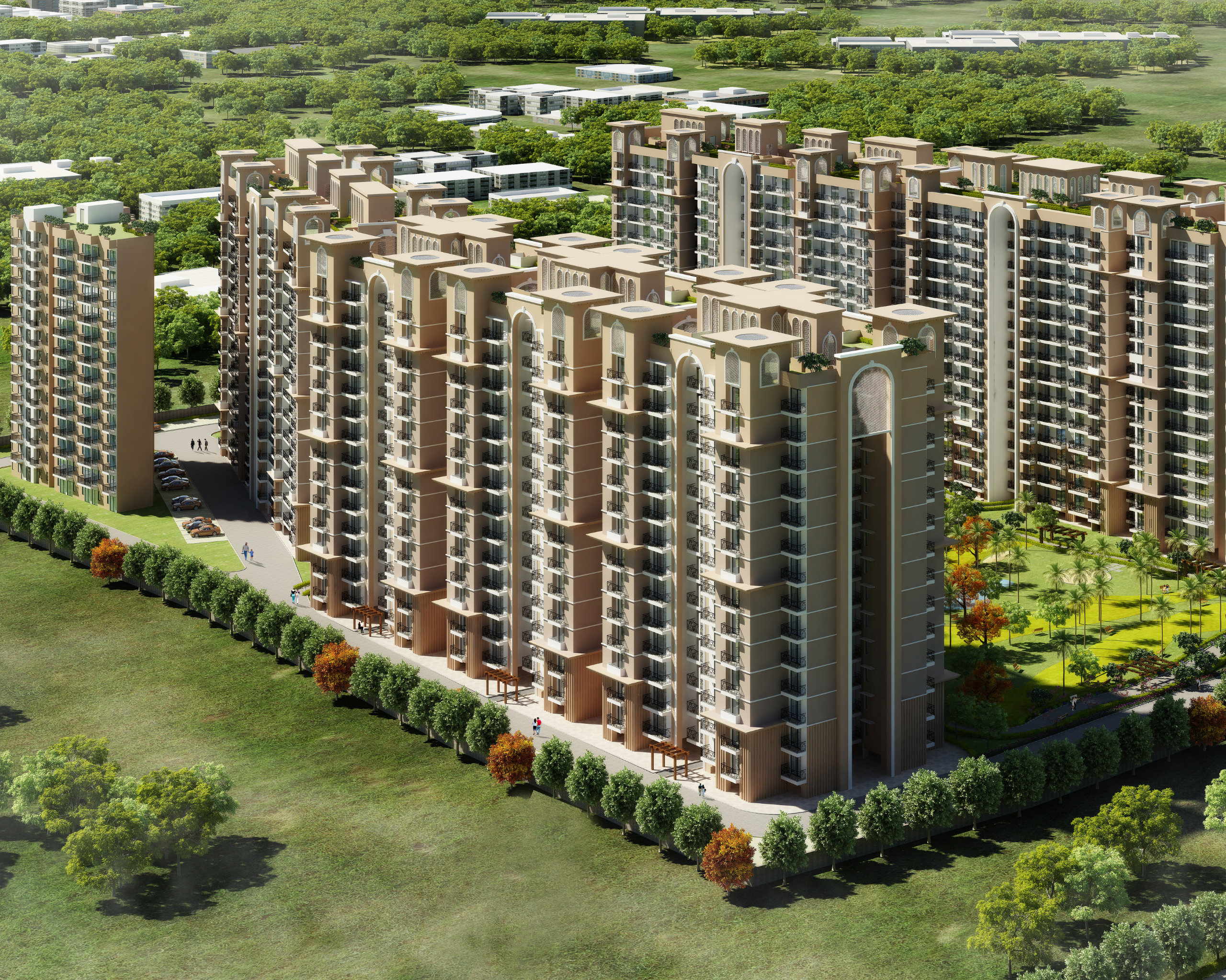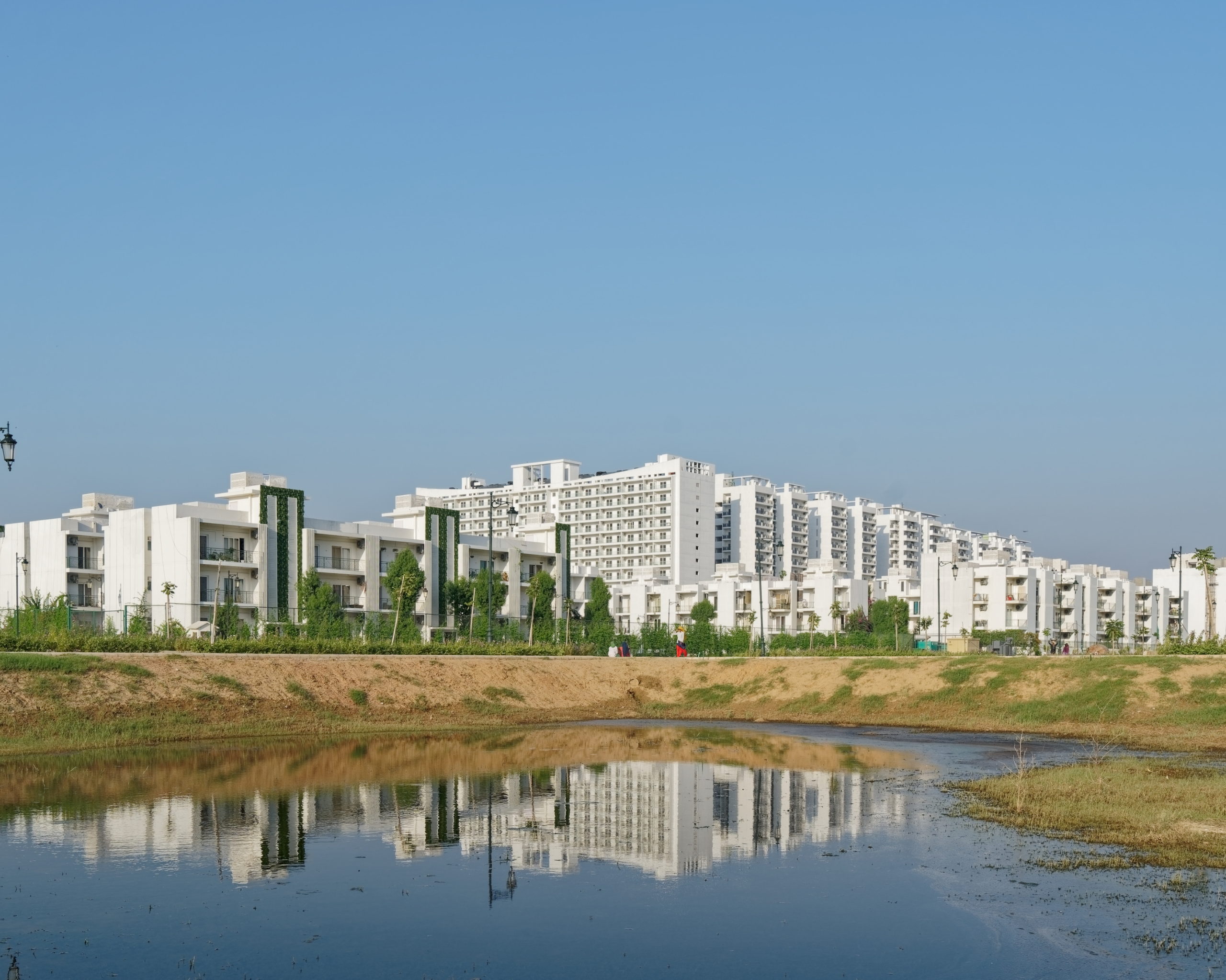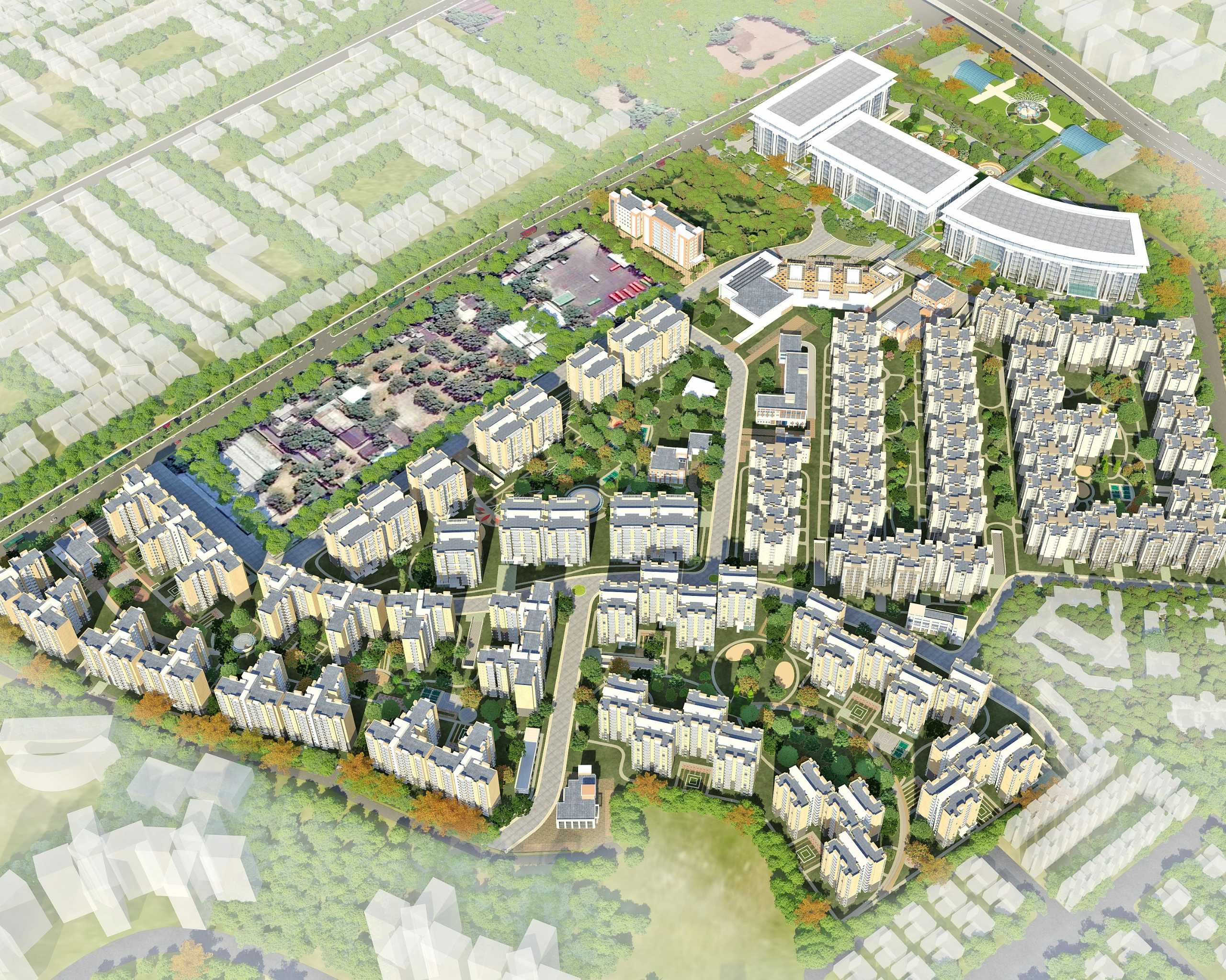Flexible Retail Spaces: Adapting to Changing Consumer Needs

The world of retail is constantly evolving, driven by changing consumer preferences, technological advancements, and global events. For example, the COVID-19 pandemic revolutionised shopping trends, with consumers wanting social and user-friendly retail experiences once the lockdown subsided. As a result, commercial retail spaces have had to transform to remain relevant and appealing to consumers. The dynamic landscape of commercial retail design can help businesses adapt their spaces to align with the ever-shifting consumer trends and, hence, remain relevant and boost sales.
Digital Revolution & Technological Innovation
Online shopping has been on the rise for years, and the COVID-19 pandemic accelerated this trend significantly. Retailers have had to adapt by not only having an online presence but also ensuring a connection between their physical stores and digital platforms. Commercial spaces now often serve as showrooms or pickup locations for online orders. To cater to this trend, retailers are redesigning their spaces to create a seamless shopping experience for customers, where they can effortlessly switch between online and in-store shopping.
Additionally, consumers increasingly expect a personalised shopping experience. This can be achieved through data-driven insights and the use of technologies like Artificial Intelligence. Retail spaces are integrating data collection tools to understand customer behaviour, preferences, and purchase history. This data allows businesses to create tailored shopping experiences and recommend products based on individual preferences.
User Experience Is Driving Retail Design
Today’s consumers are looking for more than just a place to buy products; they seek memorable experiences. Retail spaces are transforming into entertainment hubs, offering events, workshops, and interactive displays. Creating an immersive and unique atmosphere can keep consumers engaged and encourage them to spend more time in the store. The concept of pop-up stores and temporary retail spaces has also recently gained popularity. These short-term retail locations can quickly adapt to match specific consumer trends or seasonal demands. This flexibility allows businesses to experiment with new ideas and gauge consumer interest without making long-term commitments.
Adapting commercial retail spaces to changing consumer trends is essential for staying competitive and relevant in the ever-evolving retail landscape. As consumers continue to seek convenience, personalisation, sustainability, and memorable experiences, retailers must be agile in their approach. By embracing e-commerce, utilising data-driven insights, focusing on sustainability, providing experiential shopping, and incorporating technology, retailers can create spaces that cater to the diverse and evolving demands of modern consumers.




